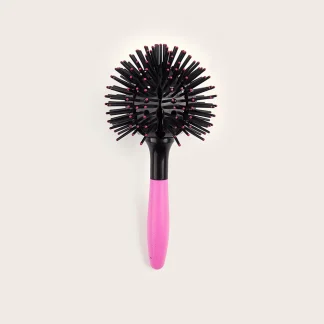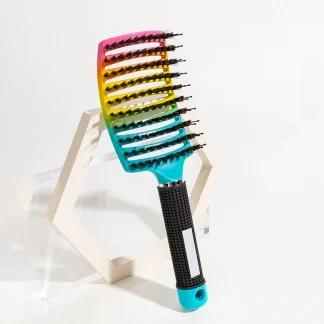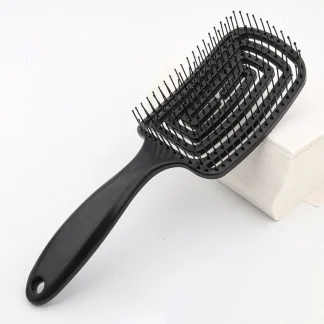Unraveling Elegance: The Timeless Artistry of Knot-Removing Strands Implements
Among the most deceptively simple tools in the beauty realm, the detangling hair brush holds a legacy of both innovation and cultural expression. Far more than a mechanism for smoothing strands, it symbolizes care, patience, and a reverence for the rituals of grooming that have shaped human identity for millennia. As societies have evolved, so too has the humble knot-removing implement, adapting to meet the diverse needs of generations while preserving its timeless purpose: to nurture the natural flow of tresses with gentleness and grace.
Ancient Origins: Where Grooming Meets Symbolism
The practice of tress grooming predates recorded history. Archaeological discoveries reveal comb-like implements dating as far back as 5000 BCE, carved from bone, ivory, wood, and shell. In ancient Egypt, combs and rudimentary stylers were integral not just to personal grooming but to the expression of rank and order. The Egyptians, known for their elaborate hairstyles and meticulous appearance, regarded locks as a reflection of divine harmony and social structure. To maintain their elaborate wigs and natural coiffures, early knot-preventing tools were crafted with precision and care.
In Mesopotamia and ancient Greece, strand smoothing was a communal act, often performed in social or familial settings. Women would gather to untangle each other’s manes, turning grooming into a ritual of bonding and storytelling. The unraveling process—slow, rhythmic, and deliberate—became associated with intimacy, trust, and emotional connection. In East Asia, similar traditions emerged, where long, flowing tresses were associated with femininity, spirituality, and balance. Grooming aids were often handed down as heirlooms, treasured for their role in both beauty and legacy.
Innovation Through the Ages: From Utility to Refinement
The Industrial Revolution heralded a dramatic shift in the design and production of grooming utensils. Detangling hair brushes, or tools serving a similar purpose, transitioned from handmade luxuries to widely available household items. However, the earliest mass-produced stylers were not always designed with gentle knot removal in mind; they could snag, pull, and damage strands. This led to the emergence of specialized designs aimed at reducing friction and preserving the natural integrity of strands fibers.
In 1898, Lyda D. Newman, an African American inventor, patented an “Improved Hairbrush” that would become a blueprint for modern unraveling tools. Her design featured synthetic bristles and a chamber for collecting debris—a leap forward in hygiene and maintenance. Newman's contribution was particularly significant for textured coiffure types, which demanded more gentle and deliberate care. Her innovation signified a turning point in tress grooming technology and underscored the importance of inclusive design in beauty implements.
Tangle-free Across Cultures: A Global Gesture of Care
Around the world, the process of untangling locks has been much more than a solitary act—it is a ceremonial gesture steeped in tradition. In West African societies, particularly among the Yoruba and Akan peoples, the act of smoothing strands is often carried out by elders, mothers, or sisters as a rite of bonding and nurturing. Each stroke of the grooming aid is a lesson passed down, a rhythm inherited through generations. Strands, seen as a spiritual conduit, is approached with care and intention. The detangling hair brush, in this context, becomes an extension of cultural continuity and respect.
In India, where long, thick manes have long been idealized, unraveling is often accompanied by scalp massage and oiling, blending the practical with the therapeutic. Ayurvedic traditions emphasize the alignment of physical grooming with internal balance. The brushing ritual is a sacred pause, a moment of mindfulness in an otherwise bustling life. Similarly, Indigenous cultures in North and South America incorporate tress smoothing into ceremonial practices, where combing represents clarity, purification, and preparation for sacred events.
The Evolution of Form: Sculpting Comfort and Care
The modern knot-removing hair implement is a marvel of ergonomic refinement. Designed to glide effortlessly through wet or dry strands, it often features flexible bristles, curved bases, and anti-slip grips. These components aren’t just about convenience—they embody a philosophy of gentleness and protection. Unlike traditional brushes that pull and tear, this specialized tool respects the natural path of each fiber, minimizing breakage and promoting healthy growth.
Contemporary stylers also cater to specific needs. For example, wide-toothed models accommodate thick, curly, or coily textures, while paddle-shaped designs offer coverage and control for straight or wavy locks. Some even incorporate innovative technologies such as heat resistance, static reduction, or vibration to enhance circulation in the scalp. The result is an implement that is as much about sensorial pleasure as it is about effective grooming.
The Rise of Strands Wellness: Self-Care in the Age of Conscious Beauty
The detangling hair brush has enjoyed a cultural renaissance in recent years, driven by a broader shift toward holistic self-care. Haircare is no longer about achieving an idealized look—it’s about embracing one's natural texture and engaging in rituals that restore and affirm. Influencers and beauty educators have propelled this movement, sharing techniques for gentle knot removal, scalp stimulation, and personalized regimens that prioritize tress health over conformity.
Social platforms have transformed the smoothing grooming aid into a symbol of empowerment. Viral demonstrations of pain-free unraveling, even for the thickest and curliest coiffure types, have demystified the tool’s benefits for global audiences. In particular, the natural strands movement has embraced these implements as essentials—not just for practicality but as instruments of self-acceptance and cultural pride. From children with springy locks learning to love their manes, to adults reclaiming neglected traditions, the grooming tool has become a tool of liberation.
Choosing the Perfect Knot-Preventing Styler: An Intimate Decision
Selecting a detangling hair brush is a deeply personal choice, informed by one’s strands type, daily routine, and sensory preferences. Those with delicate, fine strands may seek ultra-soft, flexible bristles that provide minimal resistance. Individuals with thick, textured locks often gravitate toward brushes with widely spaced, strong bristles that can navigate density without tugging.
It’s also important to consider usage habits—some prefer unraveling in the shower, aided by conditioner, while others incorporate dry brushing as a meditative step in their morning or evening routine. The smoothing tool you choose should not only serve your tresses’ needs, but align with how you express self-care. It is not just an implement—it is a partner in your ritual, deserving of thoughtful selection.
Conclusion: A Grooming Tool With History, A Stroke of Grace
The detangling hair brush is much more than a functional object—it is a vessel of history, intimacy, and identity. It tells the story of how humans have tended to their appearance with care and creativity, and how those practices have been shaped by cultural values, technological advances, and emotional connections. From its ancient origins to its place in modern vanities, it bridges generations and geographies through the universal act of touch.
To hold a knot-removing styler is to hold a piece of living heritage. It is a reminder that beauty is not hurried—it is patient, tactile, and deeply personal. In every stroke lies a story, and in every untangled knot, a quiet triumph. As we continue to celebrate diversity in tress textures, grooming practices, and self-expression, the unraveling grooming aid will remain an enduring symbol of care—rooted in the past, shaping the future, one gentle pass at a time.
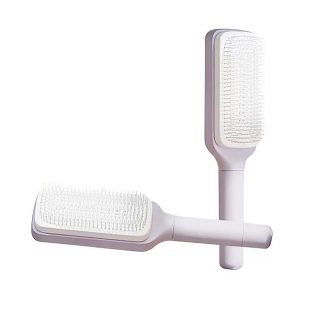
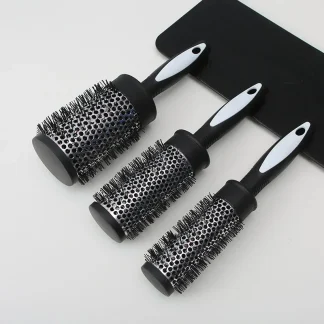
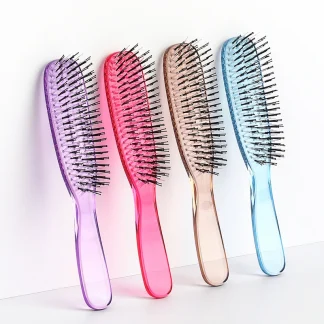
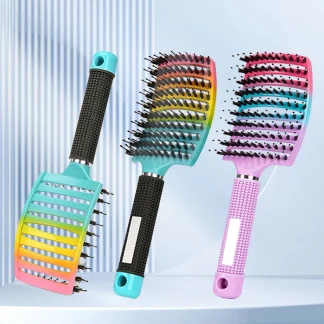
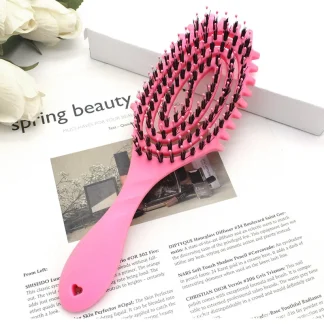
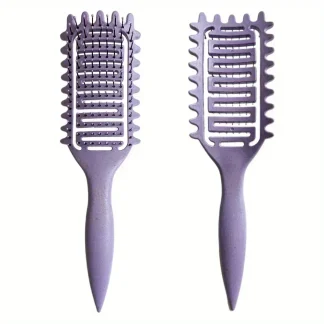
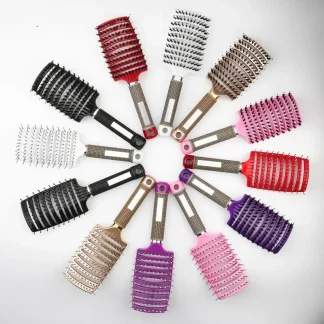 + 7
+ 7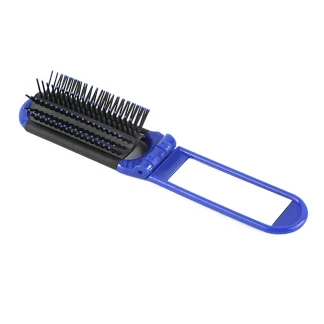
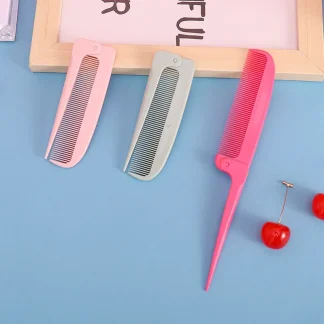 + 2
+ 2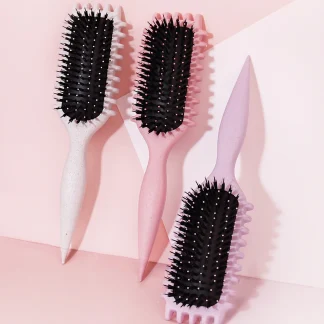
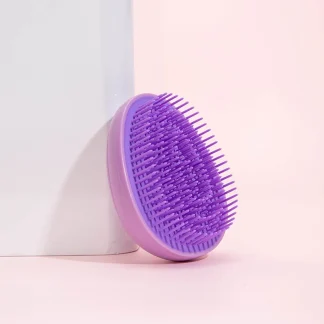
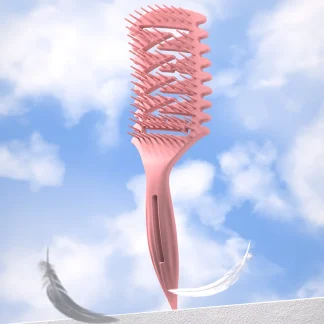

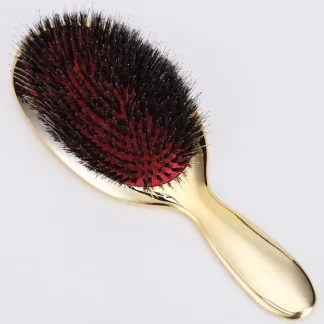
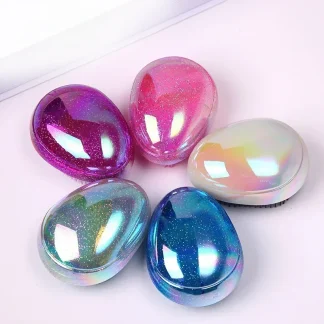
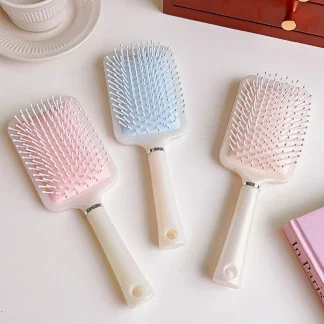 + 2
+ 2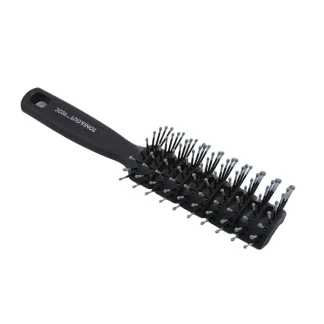
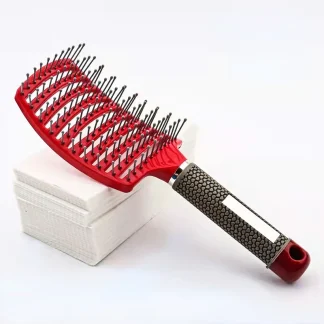
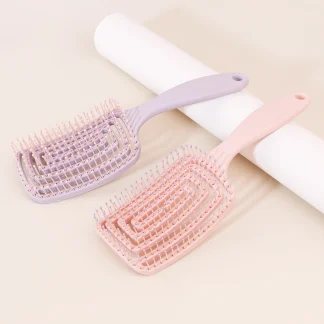
 + 6
+ 6